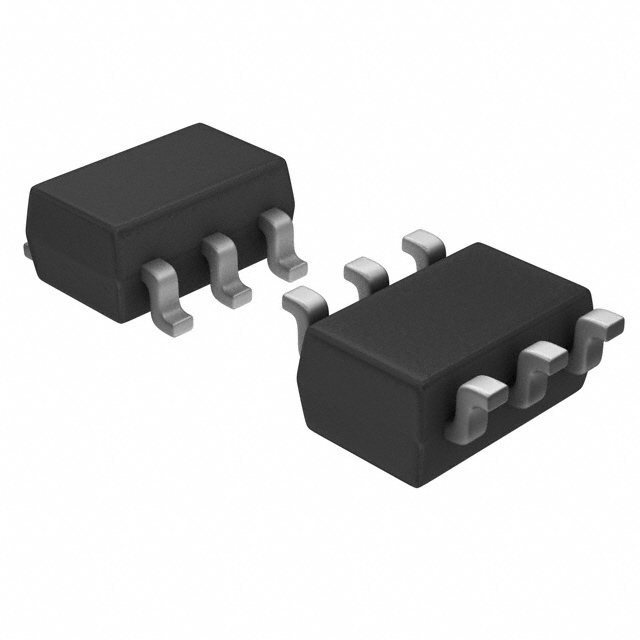

Texas Instruments
TLV61220DBVR
DC Switching Voltage Regulators



- 5+
- $0.32810
- $1.64
- 50+
- $0.26355
- $13.18
- 150+
- $0.23588
- $35.38
- 500+
- $0.20135
- $100.67
- 3000+
- $0.18599
- $557.97

.png?x-oss-process=image/format,webp/resize,p_30)


TLV61220DBVR Description
Description:
The TLV61220DBVR is a high-performance, low-power, single-supply, direct conversion receiver (DCR) from Texas Instruments. It is designed for use in wireless communication systems, such as Wi-Fi, Bluetooth, Zigbee, and other wireless applications.
Features:
- Low power consumption: The TLV61220DBVR is designed to operate with low power consumption, making it ideal for battery-powered applications.
- Wide input frequency range: The receiver can handle input frequencies from 300 MHz to 6 GHz, making it suitable for a wide range of wireless applications.
- High sensitivity: The TLV61220DBVR has a high sensitivity of -92 dBm, allowing it to receive weak signals with minimal noise.
- Low noise figure: The receiver has a low noise figure of 3.5 dB, which helps to minimize the addition of noise to the received signal.
- Integrated filters: The TLV61220DBVR features integrated filters that help to reduce the out-of-band noise and improve the overall performance of the receiver.
- Small package size: The receiver is available in a compact 4 x 4 mm QFN package, making it suitable for space-constrained applications.
Applications:
- Wireless communication systems: The TLV61220DBVR is ideal for use in wireless communication systems, such as Wi-Fi, Bluetooth, Zigbee, and other wireless applications.
- Software-defined radios (SDRs): The receiver's wide input frequency range and high sensitivity make it suitable for use in SDRs.
- Radio frequency (RF) test equipment: The TLV61220DBVR can be used in RF test equipment to measure the performance of wireless devices.
- Medical imaging: The receiver's low noise figure and high sensitivity make it suitable for use in medical imaging applications, such as ultrasound and MRI.
- Satellite communication: The TLV61220DBVR can be used in satellite communication systems to receive signals from low Earth orbit (LEO) satellites.
In summary, the TLV61220DBVR is a high-performance, low-power, single-supply direct conversion receiver from Texas Instruments. It is designed for use in a wide range of wireless applications, including wireless communication systems, software-defined radios, RF test equipment, medical imaging, and satellite communication. Its features include a wide input frequency range, high sensitivity, low noise figure, integrated filters, and a small package size.
Tech Specifications
TLV61220DBVR Documents
Download datasheets and manufacturer documentation for TLV61220DBVR
 Assembly Site 15/Nov/2023
Assembly Site 15/Nov/2023  TLV61220
TLV61220  TLV61220
TLV61220 Shopping Guide




























.png?x-oss-process=image/format,webp/resize,h_32)










